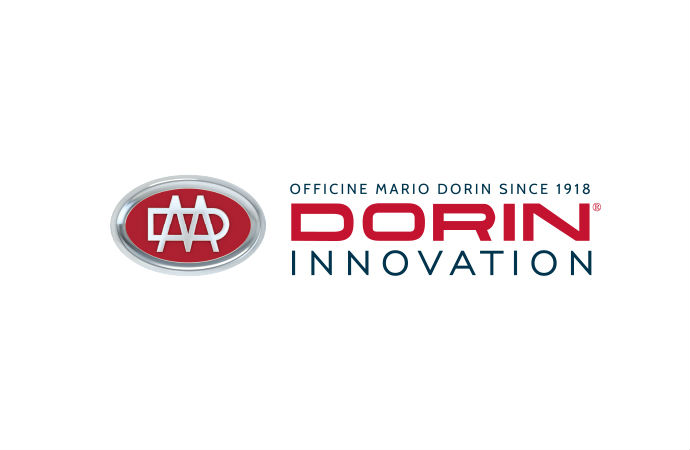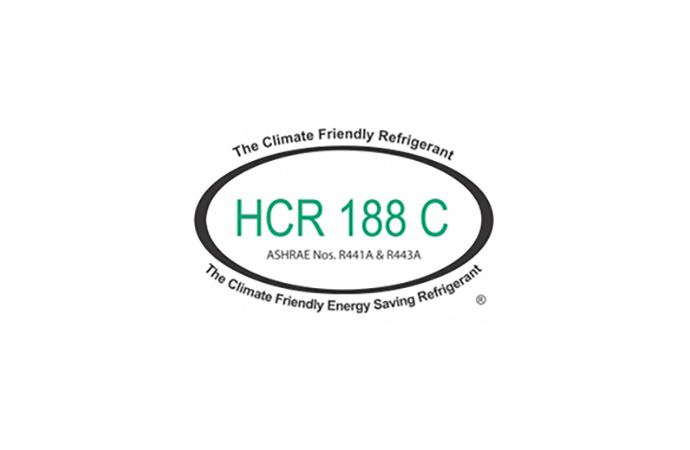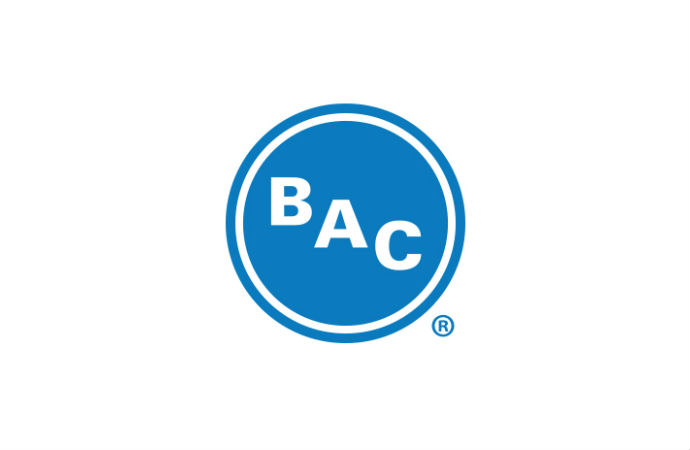At the 2012 ATMOsphere Bangkok side-event to the 32nd Open-Ended Working Group (OEWG 32) meeting, Janos Maté from Greenpeace presented the 2012 interim report ‘Cool Technologies: Working Without HFCs’. The report demonstrates that natural refrigerant-based technologies exist in most of heating and cooling sectors and that companies are rapidly moving away from HFCs.

Whilst the first ‘Cool Technologies’ report in 1995 was only 6-7 pages long, today it has almost 90 pages, which reflects the fact that a large number of equipment manufacturers and end-users have invested in HFC-free technology. According to Janos Maté from Greenpeace, the domino effect in cooling technologies is present not only in terms of replicating breakthrough innovations by other companies, but the technological novelties in one sector have also an impact on innovations in other sectors.
Greenfreeze and Refrigerants, Naturally!
There are over 650 million hydrocarbon or Greenfreeze refrigerators in the world today, according to the Maté’s presentation. This represents around 40% of global annual refrigerator production, 95% of EU’s and 75% of China’s production. The global annual share of Greenfreeze refrigerators is expected to rise to 80% by 2020.
Maté also highlighted accomplishments of another successful campaign launched by Greenpeace, ‘Refrigerants, Naturally!’. The campaign partners, Coca-Cola, PepsiCo, Unilever, Red Bull and McDonald’s, have together over 2 million cooling units using natural refrigerants in the field already.
Efficiency gains with HCs
The report argues that “systems using natural refrigerants are often more energy efficient than those using HFCs”. Indeed, many factors need to be considered when comparing energy efficiency of cooling equipment, but a number of different studies reveal higher energy efficiency of systems using natural refrigerants in various sectors, for example:
- Residential air conditioning: The Italian manufacturer DeLonghi reports 5-10% higher efficiency with hydrocarbon room air-conditioners than with comparable HFC units.
- Mobile air conditioning: Hydrocarbons are measured to be 10-35% more efficient than HFCs.
- Air conditioning: In a 2008 study on a vapor compression refrigeration system, a blend of R290 and R600a gave an increase in energy efficiency of up to 25,1% at low temperatures and up to 17,4% at higher temperatures when compared to R12. R134a was according to the study less efficiency than R12.
- Commercial food refrigeration: UK-based company, Foster, reports up to 15% energy savings in stand alone equipment with natural refrigerants.
Improved energy efficiency is also reported by several end-users, for example:
- Unilever - 9% energy savings with HC ice-cream freezers compared to HFC freezers
- McDonald’s - 19 to 32% energy savings from restaurant entirely using natural refrigerants
- Waitrose – 20% energy savings with hydrocarbon chilled water circuit in display cabinets
- PepsiCo & Red Bull – 45% energy savings with hydrocarbon combined with technical improvements in vending machines
Ongoing survey
The inventory presented in the report is not exhaustive, ‘Cool Technologies: Working Without HFCs’ is an ongoing survey in progress, which is continuously being updated. To this end, Greenpeace welcomes all new information regarding HFC-free cooling technologies.
The final report for 2012 is planned to be published in November 2012 at the 24th Meeting of the Parties to the Montreal Protocol in Geneva, Switzerland.MORE INFORMATION
Related stories
















_1490973133.png)

